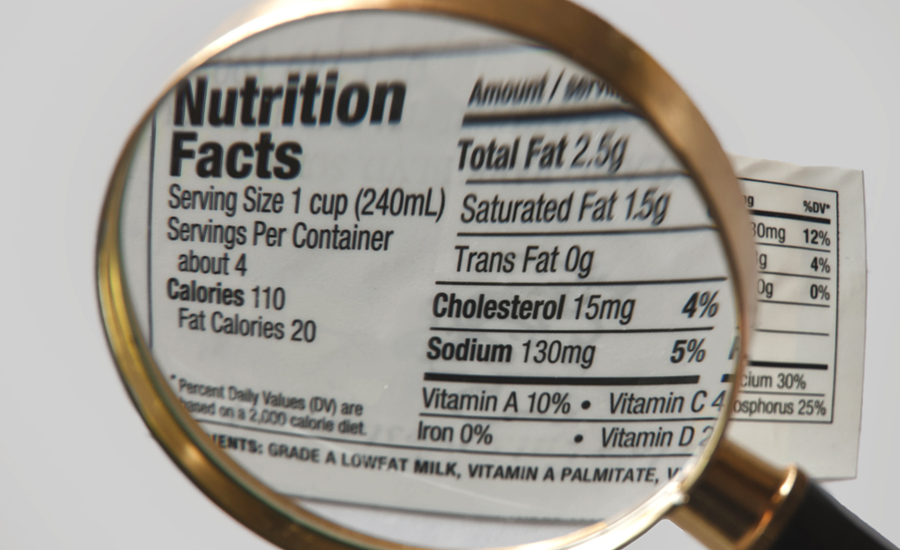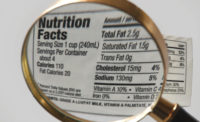The Grocery Manufacturers Association (GMA), Washington, D.C., shared the results of its date labeling initiative that narrowed the array of product labels to two options—“BEST If Used By” and “USE By.”
Since launching in 2017, 87% of products now carry the streamlined labels, according to the latest data released in GMA’s new report, “Best If Clearly Labeled.”
“Our industry is committed to empowering consumers to make informed decisions about the products they bring into their homes,” says Geoff Freeman, president and CEO. “This is a proactive industry that put forward a proactive solution to give American families the confidence and trust they deserve in the goods they buy.”
After uncovering widespread consumer confusion about the array of date labels, GMA joined the Food Marketing Institute (FMI), Arlington, Va., and brought together 25 manufacturers and grocery retailers to develop the two streamlined options.
New data from GMA proves the importance of clear, concise date labels. The vast majority (76%) of Americans shop for groceries at least once a week, but some of the food they bring home may not reach the table — even if it is still safe to consume. While some Americans turn to the sniff test (24%) or food’s appearance (30%), most commonly, they determine whether to throw food away based on the dates on the label (44%).
The two definitions of “BEST If Used By” and “USE By” are clear to nearly nine in 10 (88%) respondents. Another 85% said moving to only those two labels would be helpful to them.
When asked how narrowed date labels would be helpful to Americans, the top benefits were feeling safer about the foods they eat, believing they would throw less food away, saving money by throwing less food away and being more confident in the products they consume.
“Date labeling is a step toward meaningful food waste reduction that makes it easier for Americans to shop smarter and throw away less,” Freeman adds.
Product data is derived from a December survey of 43 consumer packaged goods companies representing 39,308 SKUs. All other data is taken from GMA’s online survey conducted from December 7-9 of 1,002 American adults through Google Consumer Surveys.


